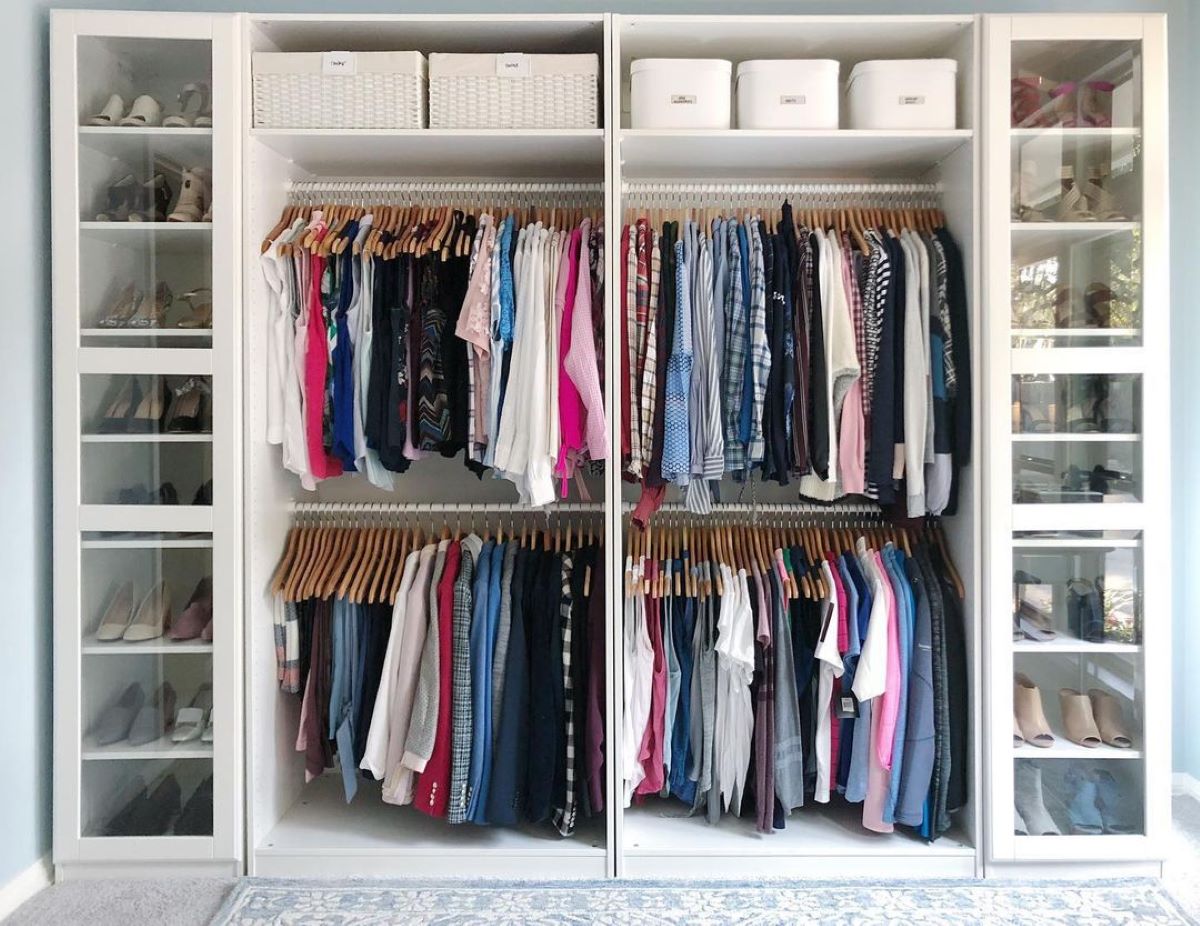

Articles
How To Store Clothes
Modified: January 20, 2024
Learn the best techniques for storing articles of clothing to keep them organized and in great condition. Find helpful tips and tricks for maximizing space and preserving your wardrobe.
(Many of the links in this article redirect to a specific reviewed product. Your purchase of these products through affiliate links helps to generate commission for Storables.com, at no extra cost. Learn more)
Introduction
Properly storing clothes is essential for preserving their quality, prolonging their lifespan, and maximizing your closet and drawer space. Whether you have limited space or an expansive wardrobe, implementing effective storage solutions will help you keep your clothes organized and easily accessible.
In this article, we will explore various techniques and strategies to store your clothes effectively. We will discuss the benefits of folding versus hanging, the importance of sorting and categorizing, and how to store seasonal clothing. Furthermore, we will dive into ways to optimize your closet and drawer space, including the utilization of vacuum-sealed bags. We will also provide tips on protecting your clothes from moths and pests, storing special or delicate clothing items, and organizing shoes and accessories. Lastly, we will touch on maintaining and refreshing stored clothing to ensure they stay fresh and ready to wear.
Whether you are an organization enthusiast looking for new storage ideas or someone needing guidance on decluttering and maximizing space, this article is here to help you create a functional and efficient clothing storage system.
Key Takeaways:
- Effective clothing storage involves choosing the right method, such as folding or hanging, and utilizing space-saving techniques like vacuum-sealing. Categorizing and protecting clothes from pests are also crucial for maintaining a well-organized wardrobe.
- Storing special or delicate clothing items requires extra care, including proper cleaning, folding, and using acid-free storage materials. Maintaining and refreshing stored clothing is essential for preserving their quality and ensuring they remain ready to wear.
Read more: How To Store Sweaters In Closet
Choosing the Right Storage Method
When it comes to storing clothes, choosing the right storage method is crucial to maintain their quality and prevent damage. There are various factors to consider when deciding how to store your clothes, including the type of fabric, the seasonality of the clothing, and the available space in your home.
One of the first decisions to make is whether to fold or hang your garments. Folding is generally recommended for items such as t-shirts, sweaters, and jeans, as it helps prevent stretching and maintain their shape. Make sure to fold them neatly and stack them in a way that allows easy visibility and access. Hanging, on the other hand, is ideal for delicate fabrics, dresses, blouses, and dress pants. Invest in high-quality hangers that provide proper support and avoid overcrowding the clothing rack to prevent wrinkles.
Another important aspect to consider is sorting and categorizing your clothes. By organizing your items by type or season, you can easily locate what you need and keep your storage space tidy. Use dividers or bins to separate different categories and label them for quick reference.
Additionally, it is essential to store seasonal clothing when not in use. Place off-season clothes in a separate storage area, such as plastic bins or garment bags, to protect them from dust, moisture, and pests. Ensure that the storage area is clean and dry, and avoid exposing the garments to extreme temperatures.
Ultimately, the right storage method will depend on your specific needs and available space. Take the time to assess your clothes inventory and the storage options in your home, and choose a method that best suits your needs and preserves the quality of your garments.
Folding vs. Hanging
When it comes to storing clothes, the decision between folding and hanging can make a significant difference in maintaining their shape and prolonging their longevity. While both methods have their advantages, understanding when and how to utilize each approach is key to maximizing storage space while keeping your garments in pristine condition.
For items like t-shirts, sweaters, and jeans, folding is generally the preferred method. Folding clothes helps prevent stretching and maintains their shape. Start by laying the item flat on a clean surface and straightening out any wrinkles or creases. Then, fold the sleeves inward and fold the garment in half lengthwise, ensuring the edges align. Finally, fold the item one or two more times, depending on its thickness. Neatly stack the folded clothes in drawers or shelves, keeping similar items together.
On the other hand, hanging is ideal for delicate fabrics, dresses, blouses, and dress pants. It helps prevent wrinkles and allows the garments to maintain their natural drape. When hanging clothes, use appropriate hangers that match the garment’s shape and size. Avoid using wire hangers, as they can leave creases or stretch the fabric. Instead, opt for padded or velvet hangers, which provide better support. When hanging clothes, be mindful of overcrowding. Leave some space between each garment to allow for proper air circulation and prevent the clothing from becoming squished or misshapen.
Some items may require a combination of folding and hanging for optimal storage. For example, layered outfits or clothing sets can be folded and placed in bins or drawers, with accessories such as belts or scarves hung separately. Additionally, consider the fabric of the clothing. Delicate materials like silk or lace should always be hung to avoid any potential damage or distortion.
Ultimately, the choice between folding and hanging depends on the type of garment, its fabric, and personal preferences. Consider the space available in your storage area, the ease of access you desire, and the specific needs of your clothing collection. By mastering the art of folding and hanging, you can create a well-organized and visually appealing storage system that keeps your clothes in excellent condition.
Sorting and Categorizing
To maintain an organized and efficient clothing storage system, sorting and categorizing your clothes is essential. By grouping similar items together, you can easily locate specific pieces, create a visually appealing display, and make the most of your available space.
When sorting your clothes, start by assessing your wardrobe and determining the categories that make the most sense for your lifestyle and preferences. Common categories include tops, bottoms, dresses, outerwear, and activewear. However, you can further subdivide these categories based on specific criteria such as color, fabric, or seasonality. By breaking down your clothes into smaller groups, you can easily find what you need without rummaging through your entire wardrobe.
One effective way to categorize your clothes is by using dividers or hanging organizers in your closet. These can help separate different types of clothing and create clear divisions. Consider using labels or color-coding systems to further enhance organization and make finding specific items a breeze.
Additionally, consider implementing a rotation system for your wardrobe. Set aside a designated area or storage container for clothes that are no longer in season. As the seasons change, swap out your wardrobe, putting away items that are currently out of season and bringing forward the appropriate clothing. This helps maximize space in your closet while ensuring that you only have relevant pieces readily accessible.
Sorting and categorizing can also extend beyond just clothing items. Consider organizing your accessories, such as belts, scarves, and jewelry, in separate containers or drawer dividers. This ensures easy access and prevents tangling or misplacement.
Remember, the key to effective sorting and categorizing is finding a system that works for you and your specific needs. Take the time to evaluate your clothing collection and storage space, and implement a structure that allows for easy organization and retrieval of your garments.
Storing Seasonal Clothing
One of the most effective ways to maximize your storage space and keep your wardrobe organized is by properly storing seasonal clothing. By rotating your clothes based on the current season, you can ensure that your closet is filled with the appropriate items while keeping off-season clothing neatly stored away.
When storing seasonal clothing, it’s important to start with clean and dry garments. Launder or dry clean your clothes before putting them into storage to remove any dirt, stains, or odors. This helps prevent attracting pests or causing damage during the storage period.
Invest in storage containers that are specifically designed for clothing, such as plastic bins or garment bags. These containers provide protection from dust, moisture, and pests, keeping your clothes in excellent condition. It’s also a good idea to use acid-free tissue paper or garment bags with built-in fabric protectors for delicate fabrics to prevent any discoloration or damage.
Before placing your clothes in storage, ensure they are folded or hung properly. Fold garments neatly and stack them in containers, placing heavier items at the bottom and lighter items on top. For hanging items, use garment bags to keep them protected and organized.
When choosing a storage area, consider a cool, dry, and dark location. Basements and attics may not be suitable due to fluctuating temperatures and humidity levels. Instead, opt for a spare closet, under-bed storage containers, or a dedicated storage area in your home.
To make it easier to find and rotate your seasonal clothing, label your storage containers or use clear bins to allow for easy visibility. This way, when the time comes to switch out your wardrobe for the new season, you can quickly locate the desired items without any hassle.
Remember to periodically check on your stored clothing to ensure they remain in good condition. Check for signs of pests, mold, or any other damage that may have occurred. Taking the time to inspect and maintain your stored clothing will help extend their lifespan and keep them ready to wear when the seasons change.
By properly storing your seasonal clothing, you can free up valuable closet space and ensure that your wardrobe is organized and easily accessible. Implementing these storage techniques will help you protect your clothes, keep them in good condition, and make the transition from season to season seamless.
Read more: How To Store Handbags
Utilizing Closet Space
Having an efficient and well-organized closet is key to maximizing storage space for your clothes. By utilizing your closet space effectively, you can create a visually appealing and functional storage system that allows for easy access to your garments.
First, start by decluttering your closet. Remove any items that you no longer wear or need, and donate or sell them. This will free up space for items that you actually use and love. Consider implementing a regular decluttering routine to keep your closet organized and prevent it from becoming overcrowded.
Once your closet is decluttered, it’s time to optimize the available space. One technique is to use vertical storage. Install shelves or hanging organizers on the back of the closet door to store shoes, handbags, or accessories. Utilize hanging organizers with compartments for folded items like sweaters or t-shirts. This allows you to make the most of the vertical space in your closet.
Another strategy is to invest in collapsible or stackable storage bins or baskets. These can be used to store smaller items, socks, scarves, or belts. Place them on shelves or the floor of your closet to keep these items organized and easily accessible.
Consider using cascading hangers to hang multiple garments vertically, saving horizontal space. These hangers allow you to maximize the capacity of your clothing rack and visually organize your clothes.
If you have high ceilings, consider installing double hanging rods to utilize the vertical space effectively. This allows you to hang twice the number of clothes without taking up additional floor space. Use the higher rod for shorter items like shirts and blouses, and the lower rod for longer items like dresses and pants.
Using uniform hangers can also create a visually appealing and organized look in your closet. Choose hangers that match in style and color to give your closet a cohesive and polished appearance.
To make it easier to locate specific items, organize your clothes by category, color, or season. This system makes it easier to find what you need, saving you time and effort in the morning rush.
Remember, every closet is unique, so assess your closet space and design a storage system that suits your needs and preferences. By maximizing your closet space, you can create a functional and visually appealing storage area that makes getting dressed a breeze.
Utilizing Drawer Space
Utilizing drawer space efficiently is essential for organizing and storing your clothes. With a well-organized drawer system, you can easily find and access your garments, ensuring they remain in good condition. Here are some tips to help you make the most of your drawer space.
Start by decluttering your drawers and removing any items that you no longer wear or need. This will create space for the clothes you actually use, making it easier to keep everything organized.
Consider using drawer dividers or organizers to separate different categories of clothing. These dividers can help keep items neatly arranged and prevent them from shifting around in the drawer. Use dividers to separate items such as socks, underwear, and accessories. This way, you can easily locate and retrieve specific items without rummaging through a jumbled mess.
Rolling your clothes instead of folding them can be a great space-saving technique in drawers. Rolling allows you to maximize the use of vertical space and easily see what’s stored in each rolled item. It also helps prevent wrinkles and saves you time when picking out clothes in a hurry.
If you have a large collection of t-shirts or tops, consider using a file folding method. Fold each item into a square shape and stack them vertically in the drawer. This filing technique not only saves space but also makes it easier to see and choose the desired item without disturbing the rest.
Utilize your drawer space by storing items that are not suitable for hanging, such as sweaters or delicates. Keep these items flat and stack them neatly. Place heavier items at the bottom and lighter ones on top to prevent any compression or damage to the garments.
Label your drawers or use clear storage bins to provide a visual indication of what is stored in each drawer. This will help you locate specific items quickly, especially when you are in a hurry or have limited time to get ready.
Finally, periodically review and rearrange your drawer contents. As your wardrobe changes with the seasons or your personal style evolves, reassess and adjust the organization of your drawers to accommodate new items or remove ones that are no longer needed.
By implementing these strategies and organizing your drawer space effectively, you can create an efficient and accessible system that keeps your clothes neat and well-maintained.
Store clothes in a cool, dry place away from direct sunlight to prevent fading and damage. Use breathable storage containers or garment bags to protect items from dust and pests.
Vacuum-Sealing Clothes
Vacuum-sealing clothes is a popular and efficient storage solution that can help save space while keeping your garments protected. This method involves using a vacuum-sealer to remove excess air from storage bags, compressing the clothes and creating a tight seal. Here are some key points to consider when vacuum-sealing your clothes:
First, ensure that your clothes are clean and dry before vacuum-sealing them. Moisture can promote mold and mildew growth, so it’s important to store only dry garments to prevent any potential damage.
Sort your clothes based on the type of fabric, season, or category before vacuum-sealing. This makes it easier to locate specific items when you need them without having to unpack the entire bag.
Choose storage bags that are specifically designed for vacuum-sealing. These bags are typically made from a durable, airtight material that helps protect the clothes from dust, moisture, and pests. There are various sizes available, so select bags that are suitable for the items you plan to store.
Carefully place your clothes inside the storage bag. As you add items, be mindful not to overstuff the bag to the point where it compromises the seal. Leave some room for the bag to compress and create a proper vacuum seal.
Using a vacuum-sealer machine or the vacuum hose attachment, remove the air from the bag. Press the bag firmly to remove as much air as possible, and seal it tightly to maintain the vacuum. Some storage bags have a one-way valve that allows you to compress the bag without requiring a vacuum-sealer.
Label the bag with its contents or use clear bags to easily identify the items stored inside. This will save you time and effort when looking for specific garments.
Store vacuum-sealed bags in a cool, dry, and dark place to maintain the quality of your clothes. Folding and stacking the bags can help save even more space in your storage area.
When it’s time to retrieve your clothes, gently open the vacuum-sealed bag and allow it to expand. Take the clothes out carefully to avoid any creasing or wrinkling. You may need to let the garments air out for a short period to remove any temporary odors that may have developed during the storage period.
While vacuum-sealing can be a great space-saving solution, it may not be suitable for all types of clothing. Delicate items, such as heavily embellished or feathered pieces, may be better stored using other methods to prevent damage.
By vacuum-sealing your clothes, you can maximize storage space while keeping your garments protected and organized. This method is particularly useful for seasonal clothing storage or for freeing up space while traveling. However, be mindful of the specific needs of your clothes to ensure they remain in good condition during the storage period.
Protecting Clothes from Moths and Pests
Moths and other pests can wreak havoc on your clothing if not properly prevented and dealt with. Protecting your clothes from these nuisances is essential to preserve their quality and prevent any costly damage. Here are some effective strategies to keep moths and pests at bay:
1. Clean and launder your clothes before storing them. Moths and pests are attracted to food stains, body oils, and perspiration, so ensuring your clothes are clean and odor-free can significantly reduce the chances of attracting them.
2. Use lavender sachets or cedar balls in your storage areas. Moths are repelled by the strong scents of lavender and cedar, making them excellent natural deterrents. Place these sachets or balls in your closets, drawers, or storage containers to help keep moths at bay.
3. Avoid storing clothes in plastic bags or containers made of synthetic materials. These can trap moisture and create a breeding ground for pests. Opt for breathable storage solutions such as cotton or linen bags or garment covers to allow air circulation and reduce the risk of infestations.
4. Consider using moth repellent products such as mothballs or moth-repellent sachets. However, be cautious when using mothballs, as they contain chemicals that may be harmful to humans and pets. If using mothballs, ensure they are placed in airtight containers or wrapped in cloth to prevent direct contact with your clothes.
5. Regularly inspect your clothing for signs of moth or pest damage. Look for small holes, webbing, or larvae casings. If you spot any signs of an infestation, take immediate action to prevent further damage.
6. When storing delicate or valuable items, consider using acid-free tissue paper or archival-quality boxes. These provide an extra layer of protection against pests and potential damage.
7. Vacuum your storage areas regularly to remove any dust, debris, or moth eggs that may have been deposited. Pay close attention to corners, crevices, and hard-to-reach areas.
8. If you suspect an infestation, take steps to exterminate the pests. This may involve using insecticides specifically designed for moth and pest control or seeking professional assistance for severe cases.
By following these preventative measures, you can effectively protect your clothes from moths and pests. Regular maintenance and vigilance are key to ensuring your wardrobe remains safe and free from damage caused by these unwanted visitors.
Read more: How To Store Boots
Storing Special or Delicate Clothing Items
Special or delicate clothing items require extra care and attention when it comes to storage. To maintain their quality and preserve their delicate fabrics or unique designs, here are some tips for storing these special pieces:
1. Clean and launder the items before storing them. Ensure that the clothes are free from stains, dirt, and odors. Follow the care instructions provided on the garment or consult with a professional cleaner if needed.
2. Avoid hanging delicate items on traditional hangers, as they can stretch or distort the fabric. Instead, use padded or silk-covered hangers to provide gentle support and prevent any damage to the garment’s shape.
3. Fold delicate items with tissue paper to help maintain their shape and prevent creasing. Place the tissue paper between layers of delicate fabrics to protect any embellishments or delicate details.
4. Choose storage containers made from acid-free materials, such as archival-quality boxes or cotton storage bags. Acid-free materials prevent yellowing or discoloration of the fabrics over time.
5. Store delicate items in a cool, dry, and dark area away from direct sunlight. Sunlight can cause fading and discoloration over time, so it’s important to keep these items protected.
6. Consider using silica gel packets in the storage containers to help absorb any moisture and prevent the growth of mold or mildew. Just make sure to keep them away from direct contact with the clothing.
7. If the delicate item has substantial weight or volume, avoid stacking heavy items on top of it to prevent crushing or deformation. Store delicate items separately to avoid any potential damage.
8. Periodically check on the stored items to ensure they remain in good condition. Inspect for any signs of pest infestation, moisture, or fabric damage. Take immediate action if you notice any concerns.
9. When it comes to delicate accessories such as jewelry or silk scarves, consider storing them in soft pouches or compartments to prevent tangling, scratching, or damage.
By following these guidelines and giving special attention to delicate clothing items, you can ensure that they stay in excellent condition for years to come. Proper storage will not only protect the integrity of the delicate fabrics but also prolong the lifespan of these unique and special pieces in your wardrobe.
Storing Shoes and Accessories
Properly storing shoes and accessories is essential to keep them organized, protected, and in good condition. Here are some tips to help you store and preserve your shoes and accessories:
1. For storing shoes, consider using a shoe rack or shelf that allows you to keep them visible and easily accessible. Alternatively, you can use clear plastic shoe boxes with proper ventilation to protect the shoes from dust while still being able to see them.
2. Before storing shoes, clean them thoroughly to remove any dirt, residue, or moisture. Allow them to dry completely to prevent the growth of mold or mildew.
3. Stuff shoes with tissue paper or use shoe inserts to help maintain their shape while in storage. This is especially important for leather shoes or those with a delicate structure.
4. To save space, consider using shoe storage solutions that hang over the back of doors or utilize vertical space on walls.
5. When it comes to storing accessories such as belts, scarves, or hats, consider using hooks or hangers specifically designed for these items. This will keep them organized and prevent them from getting tangled or misshapen.
6. Use dividers or organizers in drawers or storage containers to separate and categorize smaller accessories, such as jewelry or hair accessories. This makes it easier to locate specific items without having to dig through a jumbled mess.
7. Jewelry can be stored in special jewelry boxes with compartments or in individual pouches to prevent tangling and protect them from scratches. Consider using anti-tarnish strips or silica gel packets to prevent tarnishing.
8. Handbags and purses should be stored upright or stuffed with tissue paper to help them maintain their shape. Use dust bags or pillowcases to protect them from dust or light exposure.
9. For delicate or valuable accessories, store them in a secure location with controlled temperature and humidity levels. Consider using a safe or locked storage cabinet to provide an extra level of protection.
10. Periodically check your stored shoes and accessories to ensure they remain in good condition. Wipe down shoes to remove any dust or stains, clean jewelry, and inspect for any signs of damage or wear.
By following these storage tips, you can keep your shoes and accessories well-organized, protected, and ready to wear. Proper storage not only helps extend the lifespan of these items but also allows you to easily find and showcase your favorite pieces.
Maintaining and Refreshing Stored Clothing
Maintaining your stored clothing is essential to ensure they remain in good condition and ready to wear when you need them. Here are some tips for keeping your stored clothes fresh and well-maintained:
1. Regularly inspect your stored clothing for any signs of damage, discoloration, or pests. Remove garments that show signs of wear or damage to prevent it from spreading to other clothes.
2. To keep your clothes smelling fresh, place a scented sachet or lavender pouch in your storage containers. This will help prevent any musty odors and keep your clothes smelling pleasant.
3. Air out your stored clothes periodically by opening the storage containers or hanging them outside on a sunny and dry day. This helps remove any stale odors and freshens up the fabrics.
4. Consider using fabric refreshers or spray-on wrinkle releasers to eliminate wrinkles and give your stored clothes a quick refresh. Follow the instructions on the product and allow the garments to air dry before putting them back into storage.
5. Avoid storing clothes in areas prone to extreme temperature fluctuations or high humidity, as these conditions can negatively impact the quality of the fabrics. Opt for cool, dry, and well-ventilated storage spaces to maintain the integrity of the clothes.
6. If you notice any stubborn wrinkles in your stored clothes, use a handheld steamer or a fabric-safe iron with a low heat setting to gently remove them. Be cautious to avoid any direct contact between the iron and the garment to prevent any potential damage.
7. Protect your stored clothes from sunlight to prevent fading. If your storage area has windows, consider covering them with curtains or blinds to minimize exposure to direct sunlight.
8. For delicate fabrics or garments with embellishments, avoid storing them in areas where they may come into contact with rough surfaces or other items that could cause snagging or damage.
9. Periodically rotate your stored clothes to ensure equal exposure to air and prevent any flattening or creasing from prolonged storage in one position.
10. Finally, when it’s time to bring your stored clothes back into your main wardrobe, give them a gentle shake or light airing out and launder or dry clean them if necessary. This will ensure they are fresh and ready to wear.
By following these maintenance tips, you can keep your stored clothing in great condition and extend their lifespan. Proper care and periodic attention will ensure that your clothes are always ready to be worn, allowing you to enjoy your wardrobe to the fullest extent.
Conclusion
Properly storing your clothes is essential for preserving their quality, maximizing your storage space, and keeping your wardrobe organized. By implementing effective storage techniques, you can ensure that your clothes remain in excellent condition and easily accessible when needed.
Throughout this article, we have discussed various strategies for storing clothes. We explored the benefits of folding versus hanging, the importance of sorting and categorizing, and the best methods for storing seasonal clothing. We also delved into ways to optimize closet and drawer space, utilize vacuum-sealing techniques, and protect clothes from moths and pests.
Special attention was given to storing delicate or special clothing items, as well as organizing shoes and accessories. Furthermore, we highlighted the importance of maintaining and refreshing stored clothing to keep them looking and smelling fresh.
Remember, the key to successful clothing storage is finding techniques that work for your specific needs and available space. Whether you have a small apartment or a spacious walk-in closet, there are storage solutions that can help you keep your clothes in order.
By following the tips and suggestions outlined in this article, you can create an efficient, visually appealing, and functional storage system that suits your lifestyle. Utilizing the right storage methods, protecting against pests and damage, and maintaining your clothes will ensure that your wardrobe remains in excellent condition for years to come.
So, take the time to assess your clothing collection, sort and categorize your items, and invest in the appropriate storage solutions. With a well-organized and well-maintained wardrobe, you’ll be ready to effortlessly choose your outfits and enjoy the convenience and pleasure of having all your clothes easily accessible.
Frequently Asked Questions about How To Store Clothes
Was this page helpful?
At Storables.com, we guarantee accurate and reliable information. Our content, validated by Expert Board Contributors, is crafted following stringent Editorial Policies. We're committed to providing you with well-researched, expert-backed insights for all your informational needs.
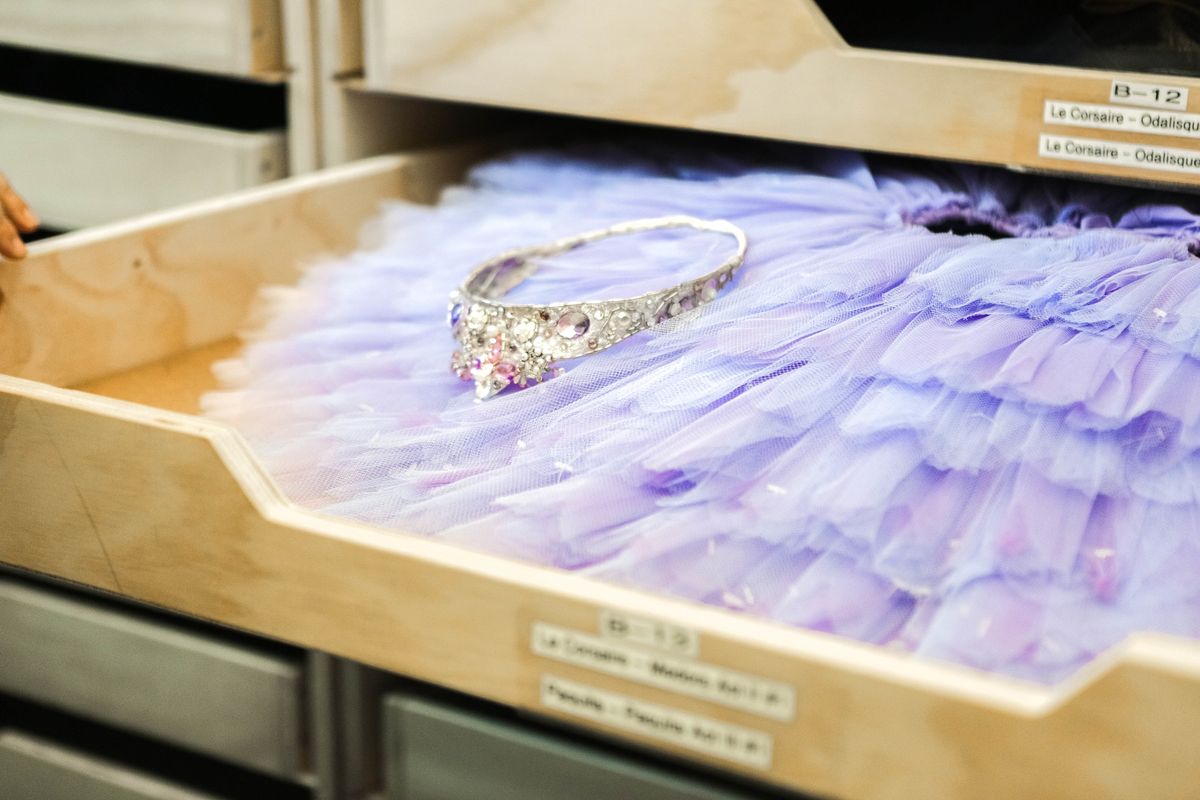
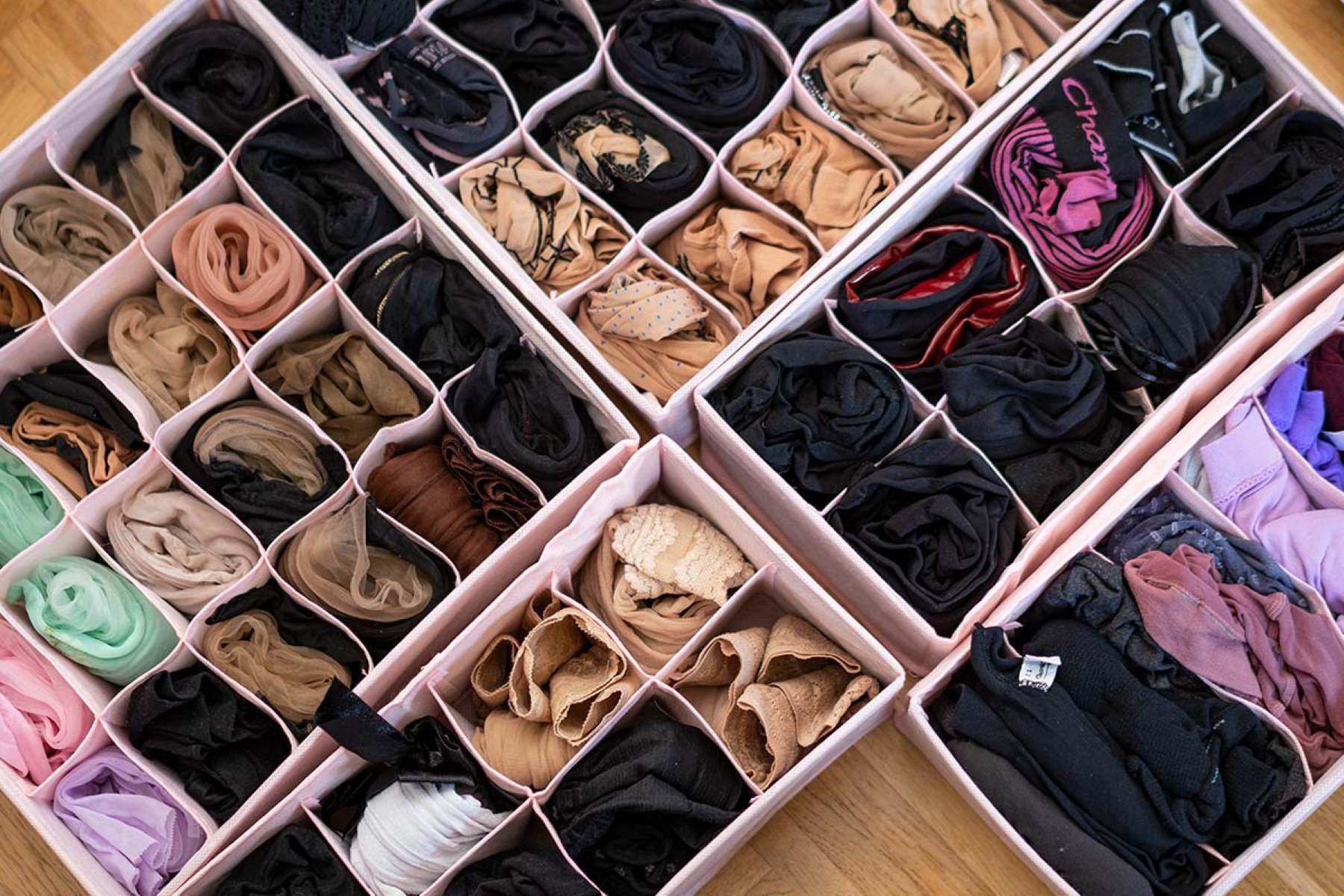
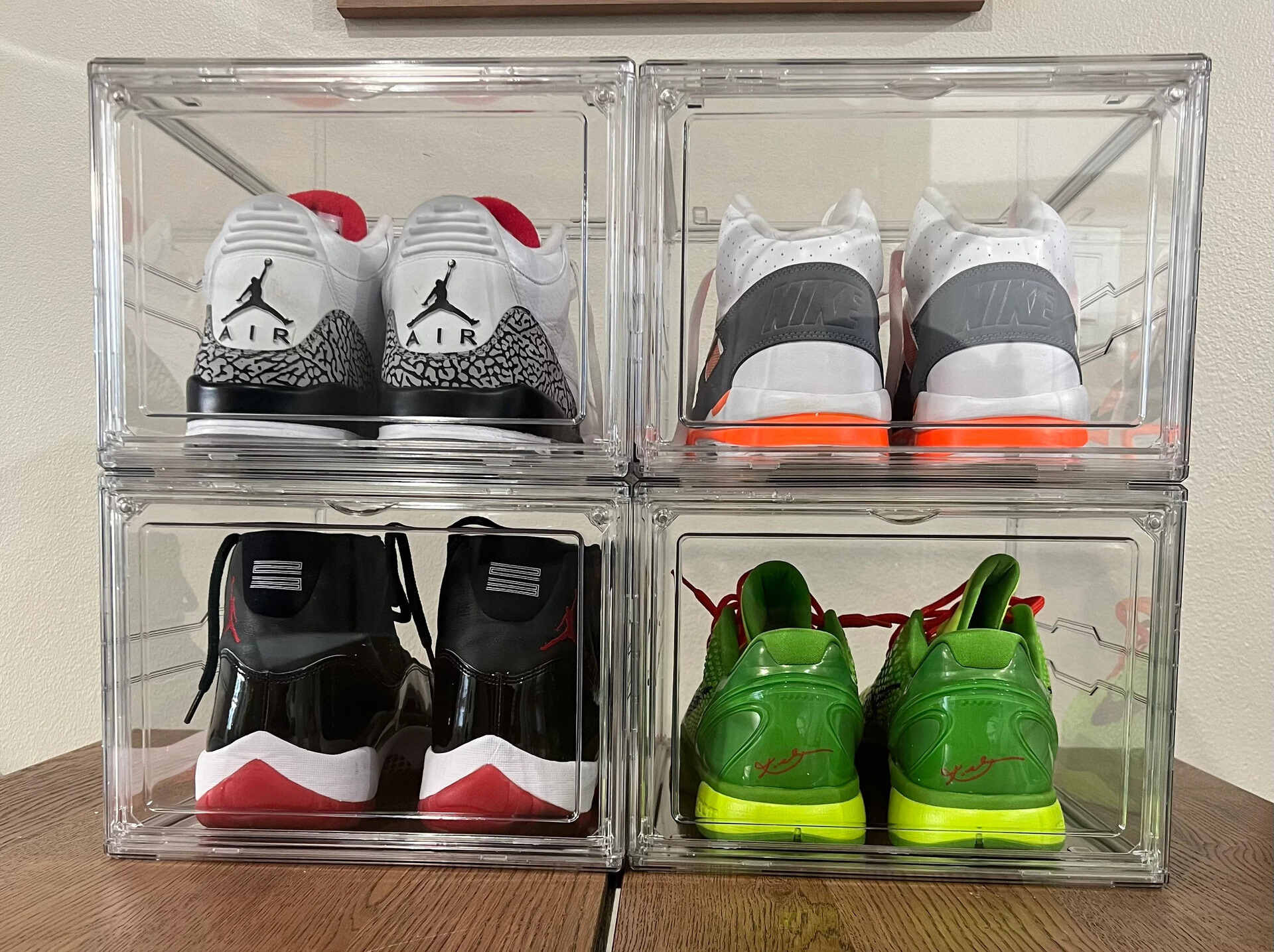
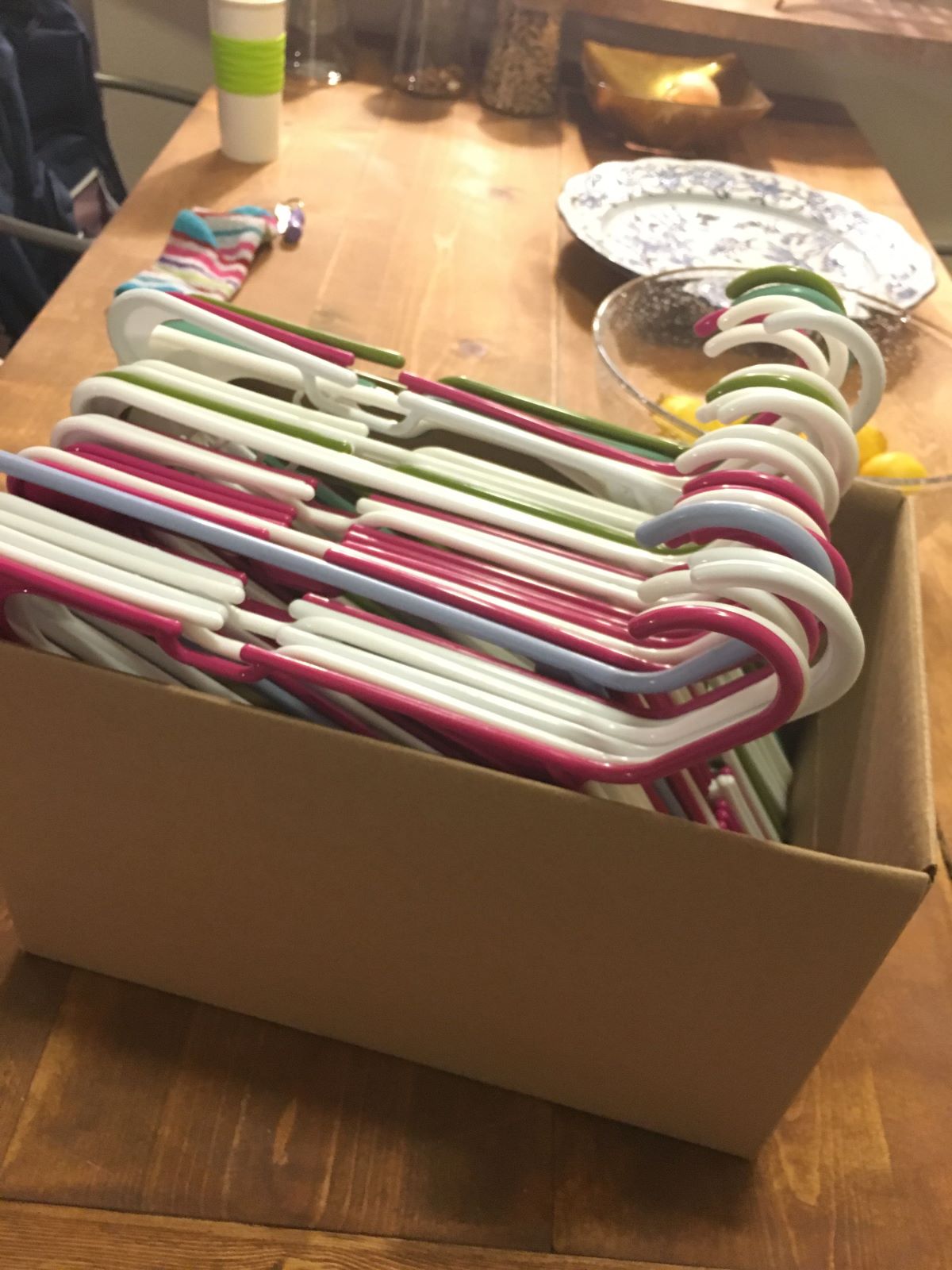


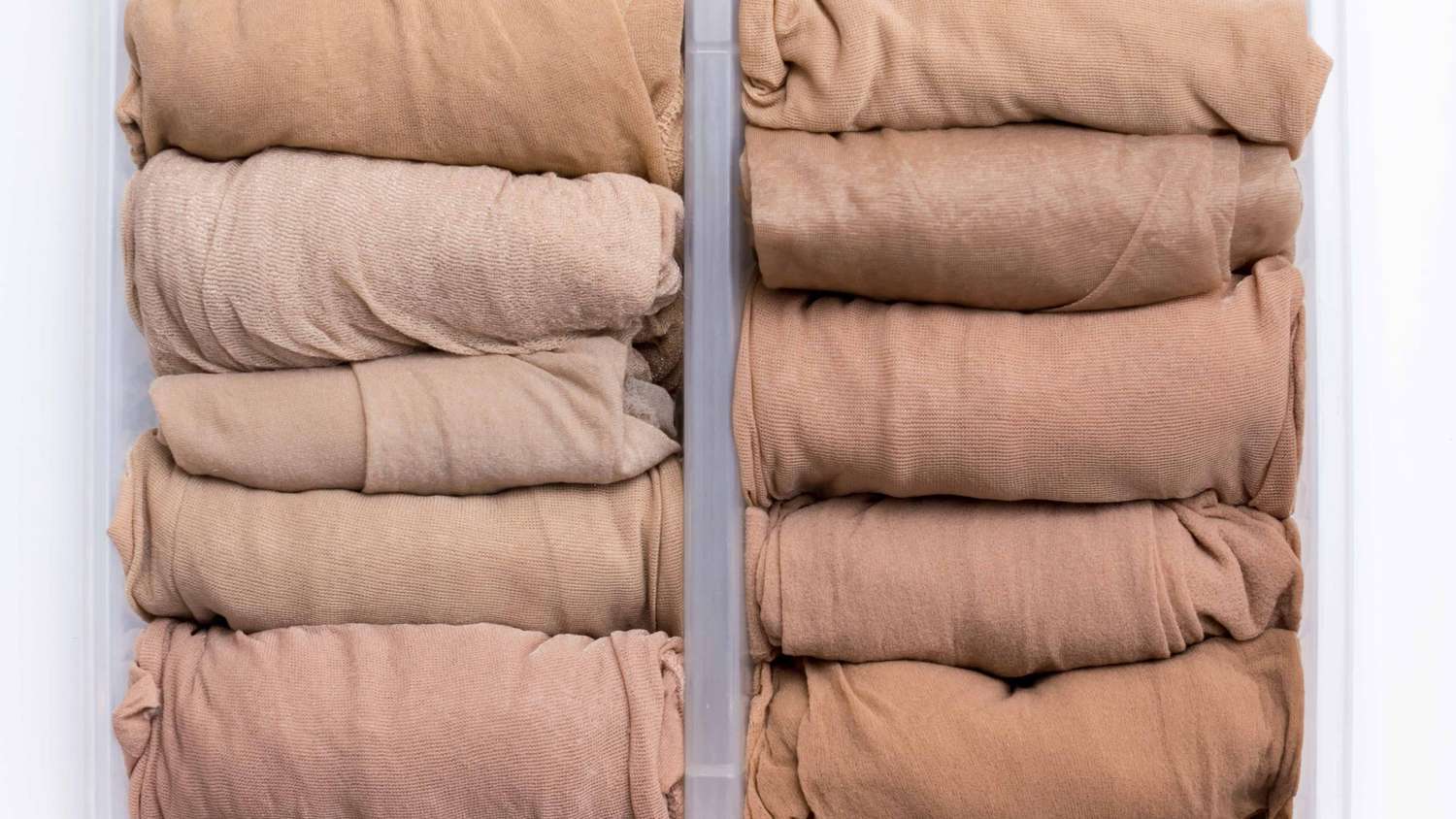

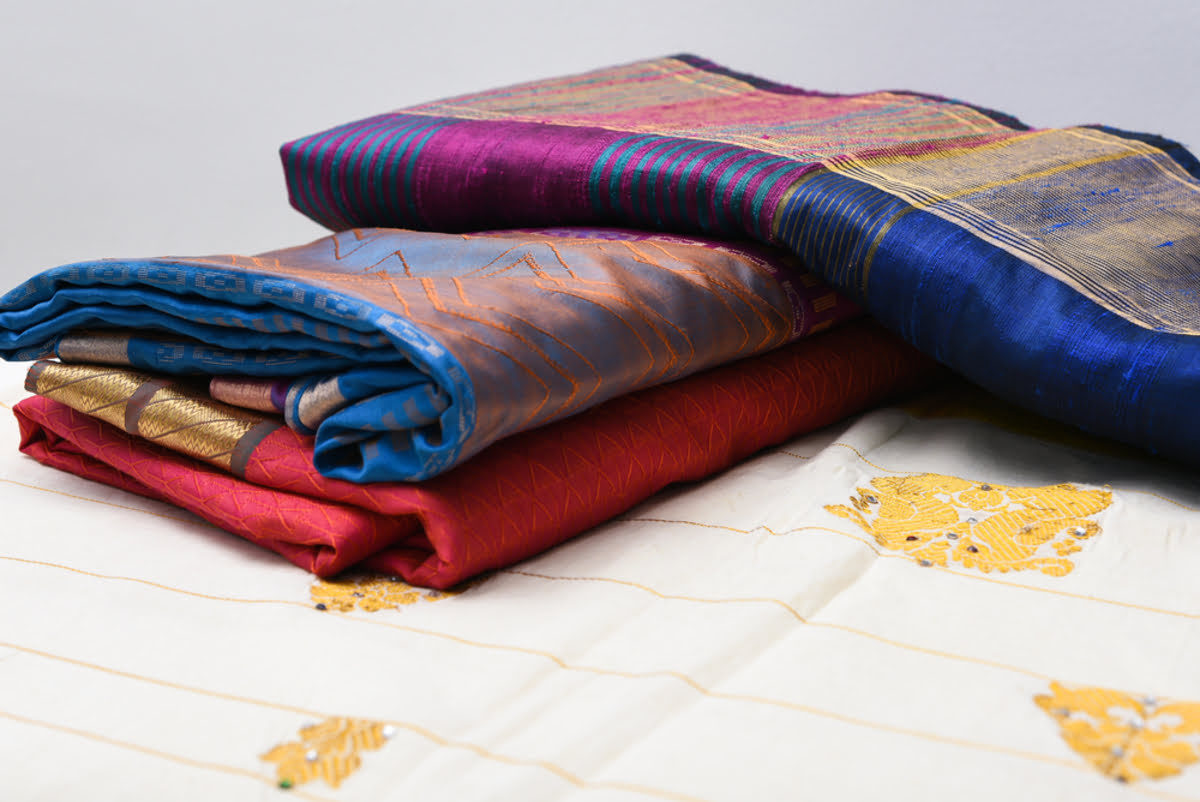
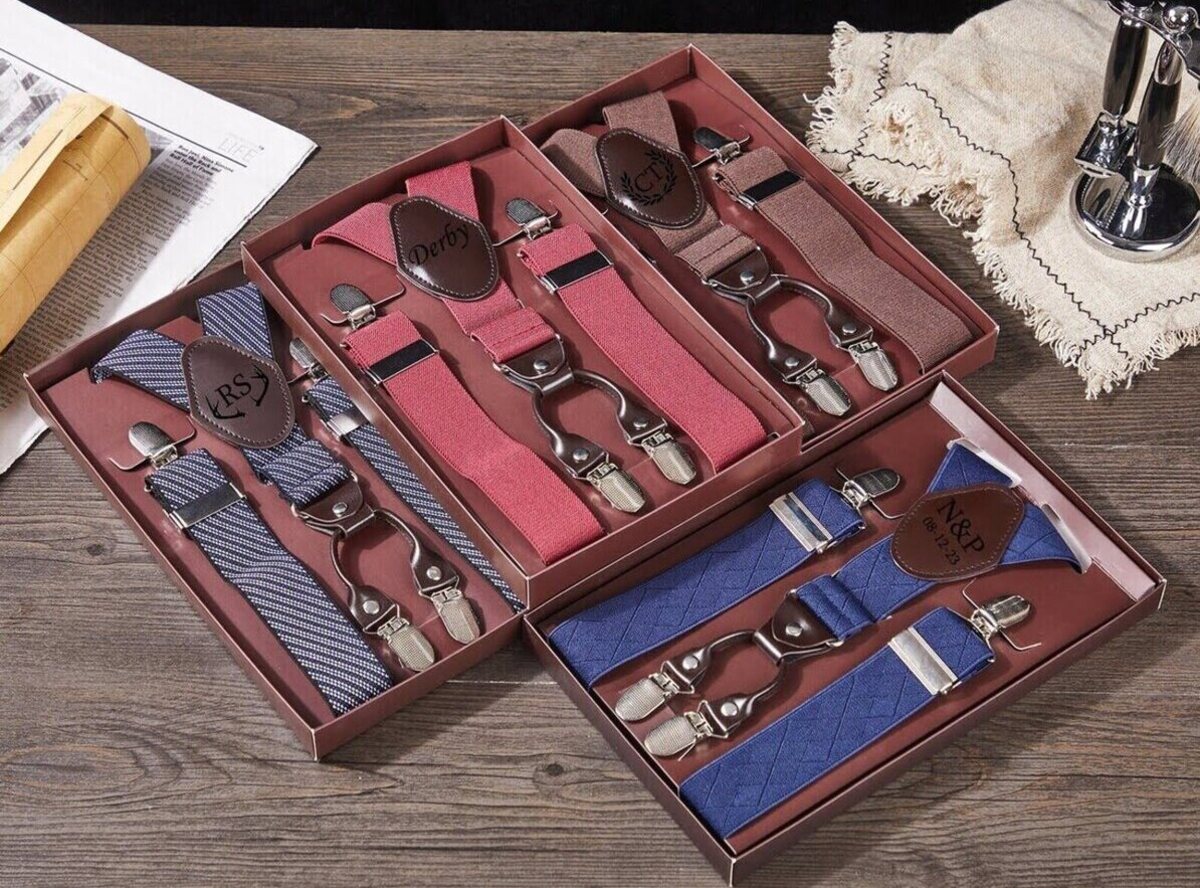

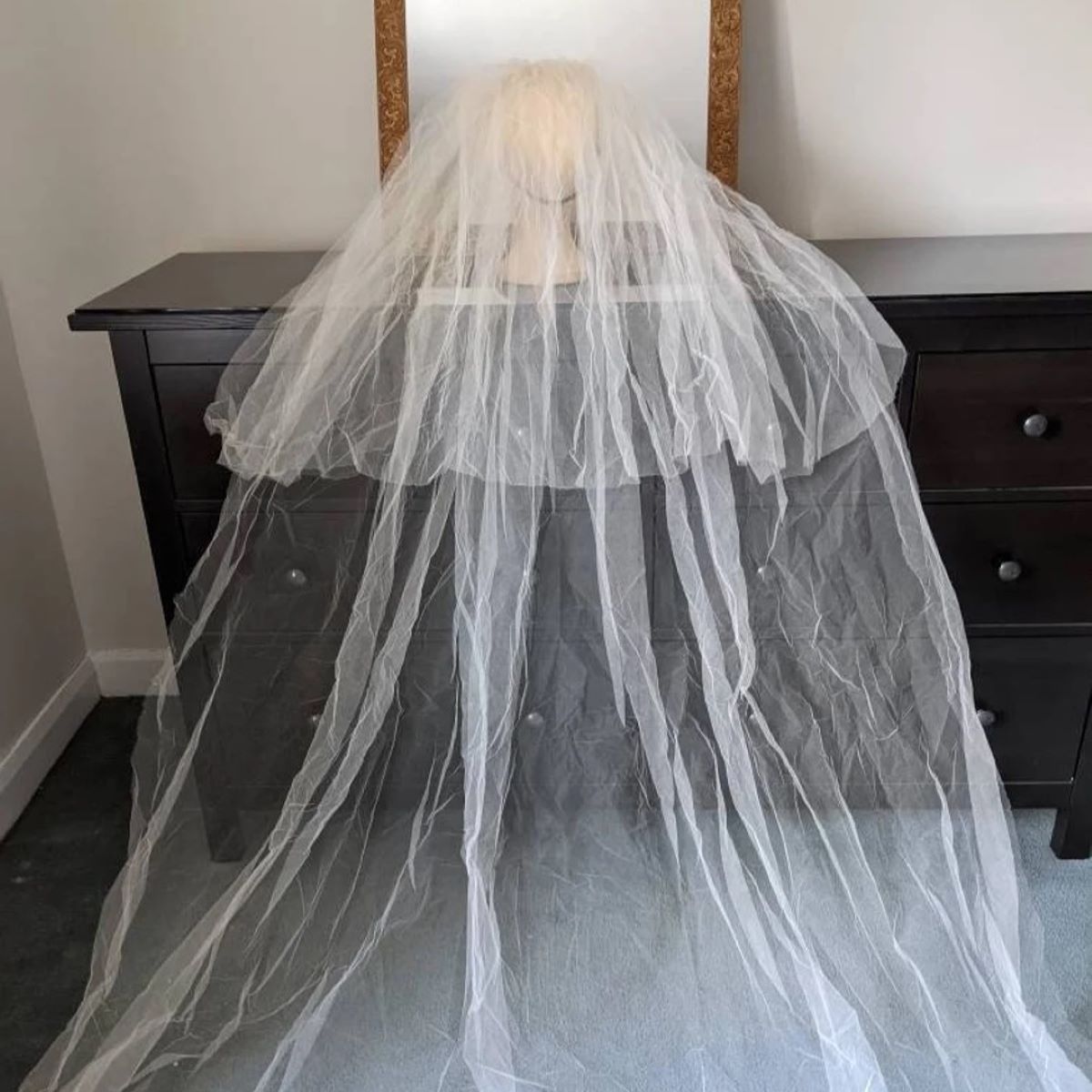


0 thoughts on “How To Store Clothes”